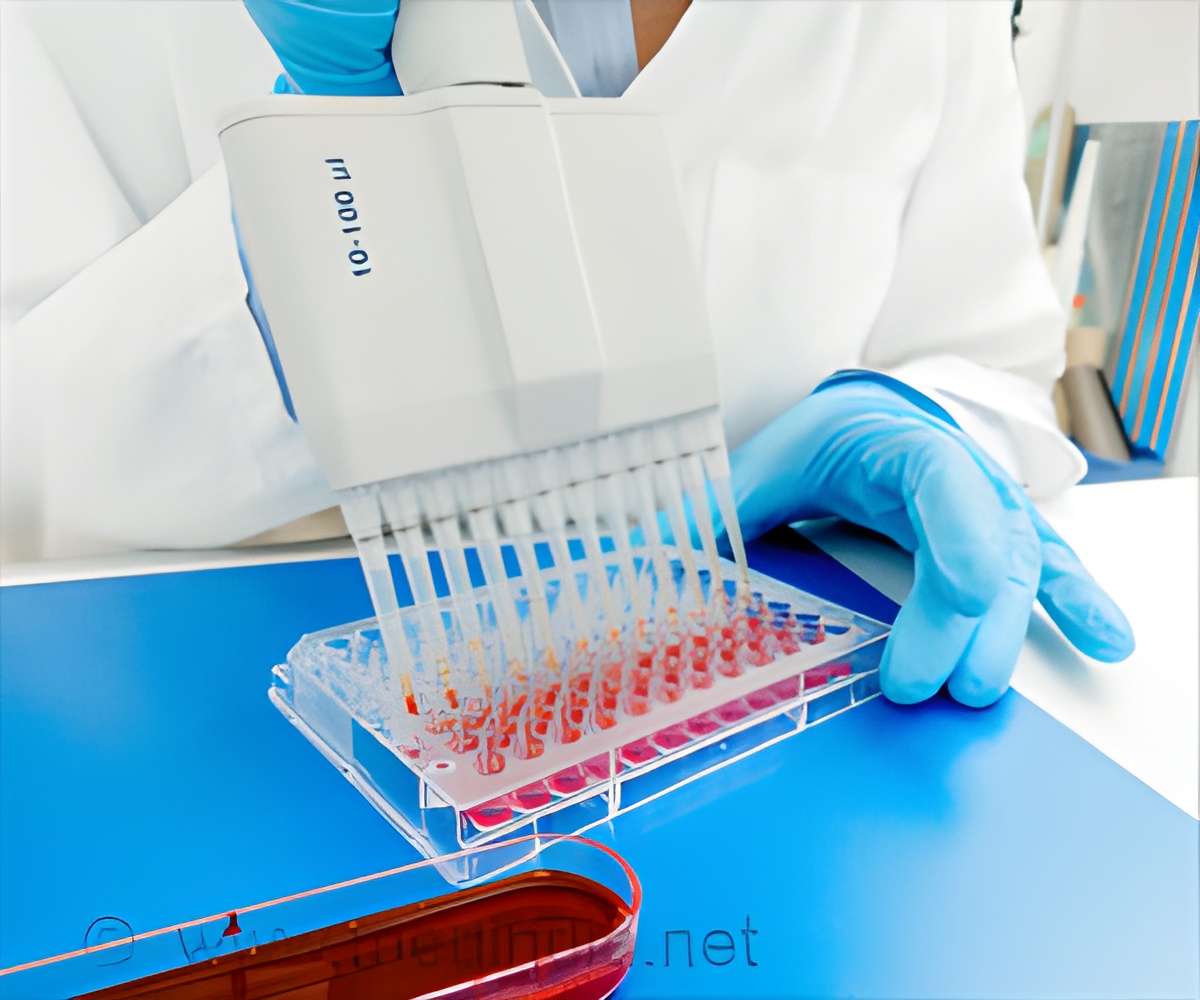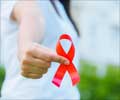Scientists create new sequencing test that can detect HIV drug resistance more accurately than earlier methods.

- A first-ever genetic sequencing test to detect HIV drug resistance
- Could aid in better treatment for HIV patients
- Assist in curbing resistance towards anti-retroviral therapy
Global Statistics on HIV Infection
- 36.9 million people across the world are currently infected with HIV
- The highest number of people infected with HIV is found to be in middle or lower income countries.
- 2.6 million children across the world are infected with HIV. Mother to child transmission is the leading cause of HIV among children.
The pessimism revolving around the control of HIV spread is largely due to inequality in the distribution of medication and the increasing scourge of drug resistance.
Drug Resistance In HIV
HIV has the ability to mutate and then reproduce with the mutation intact, leading to failure of anti-retroviral therapy. The limited treatment options available to treat HIV infection make drug resistance to anti-retroviral therapy catastrophic. The result is an increase in HIV incidence, morbidity and mortality.
Advantages of Drug Resistance Testing
- More effective treatment for HIV infection
- To ascertain if the individual was infected with drug resistance strain at the onset of infection or during the course of treatment.
- To monitor progress of the treatment procedure.
Most of the genomic sequencing kits that are available are now outdated and are no longer in use. The only test still in existence has the following disadvantages
- It uses the Sanger’s method of sequencing which is now replaced by better methods.
- Drug resistance that occurs at a frequency below 15-20% cannot be detected.
- The results take a long time, about one to two weeks.
This new-age testing offers an integration between automatic sample processing as well as analysis of the data obtained using a software.
Comparison Between Sentosa SQ HIV-1 Genotyping Assay and TruGene HIV-1 Genotyping Kit
The efficiency of Sentosa SQ HIV-1 genotyping assay was compared with that of TruGene HIV-1 genotyping kit which is based on the Sanger’s method of genome sequencing. The viruses’ protease gene and the reverse transcriptase gene were analyzed from 111 blood sample of HIV-1 positive patients.
Dr. Michel added “To our knowledge, nobody else has developed an assay like this. Now we have the opportunity to do HIV drug resistance testing much faster, at a lower cost, and also to test for mutations that are not visible with Sanger sequencing. The impact of these mutations that have not been seen by Sanger is not known yet. But now we have the tools to detect them so that researchers can determine how relevant they are clinically and physicians can determine if there should be a change in treatment.”
Results of the Comparison Study
- Sentosa SQ HIV-1 test found 100% mutations in all virus protease genes when compared with 90.45% detected by TruGene HIV-1.
- Sentosa SQ HIV-1 test found 98.16% mutations in reverse transcriptase genes when compared with 74.48% detected by TruGene HIV-1.
- The Sentosa SQ HIV-1 test detected 130 drug resistance genes not detected by TruGene HIV-1
- TruGene HIV-1 found only 8 drug resistance gene mutations that Sentosa SQ HIV-1 test missed
- Sentosa SQ HIV-1 test detected drug resistance in the HIV Integrase gene that is not detected by TruGene. The HIV Integrase gene shows high incidence of developing drug resistance through mutations in the U.S population.
- Sentosa SQ HIV-1 test provides results withing two and a half days, which is a lot faster than TruGene test.
References:
- AIDS Statistics - (https://www.aids.gov/hiv-aids-basics/hiv-aids-101/global-statistics/)
- Drug Resistance - (https://aidsinfo.nih.gov/education-materials/fact-sheets/21/56/drug-resistance)
- HIV Drug Resistance - (http://www.who.int/hiv/topics/drugresistance/en/)
- Resistance Testing - (https://aidsinfo.nih.gov/education-materials/glossary/630/resistance-testing)















